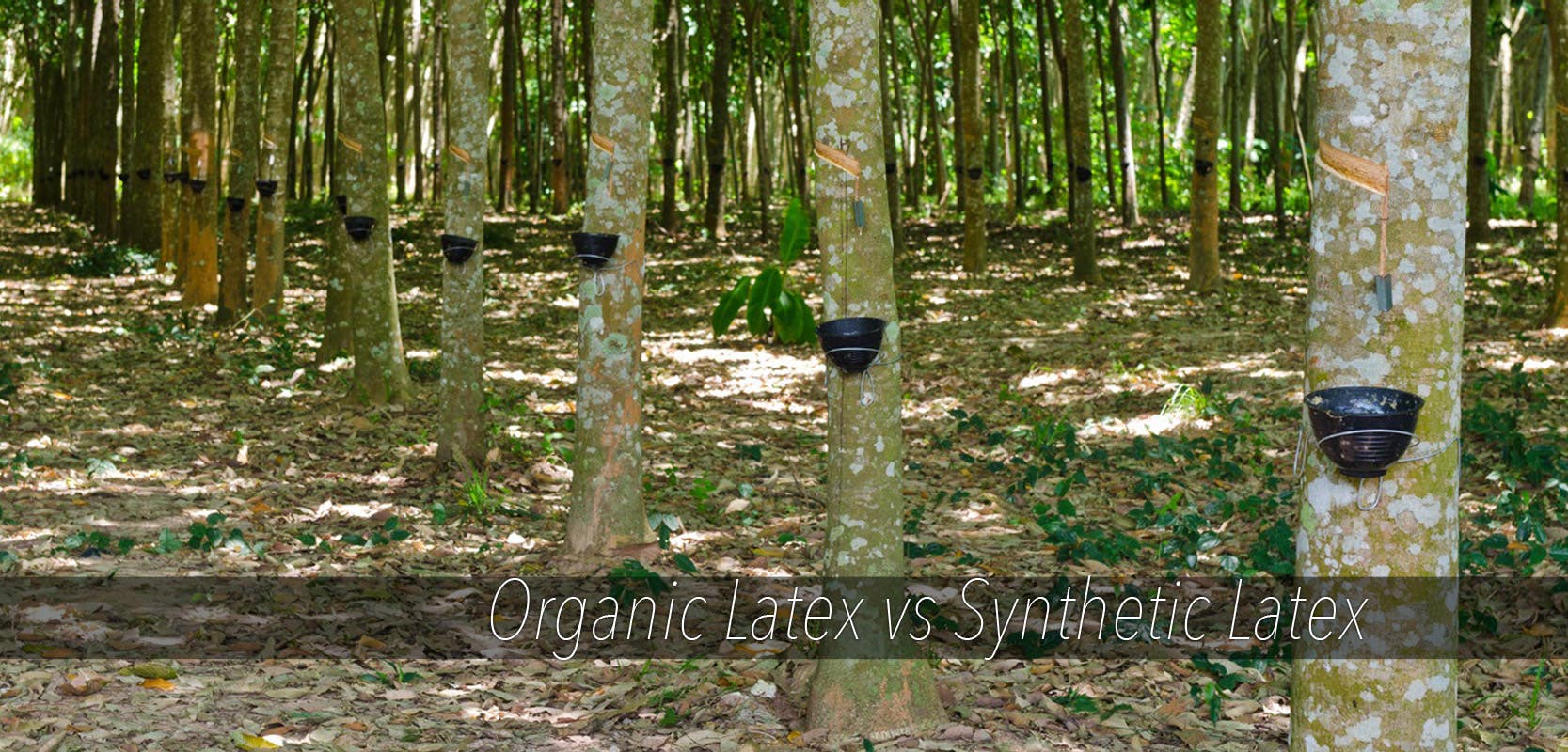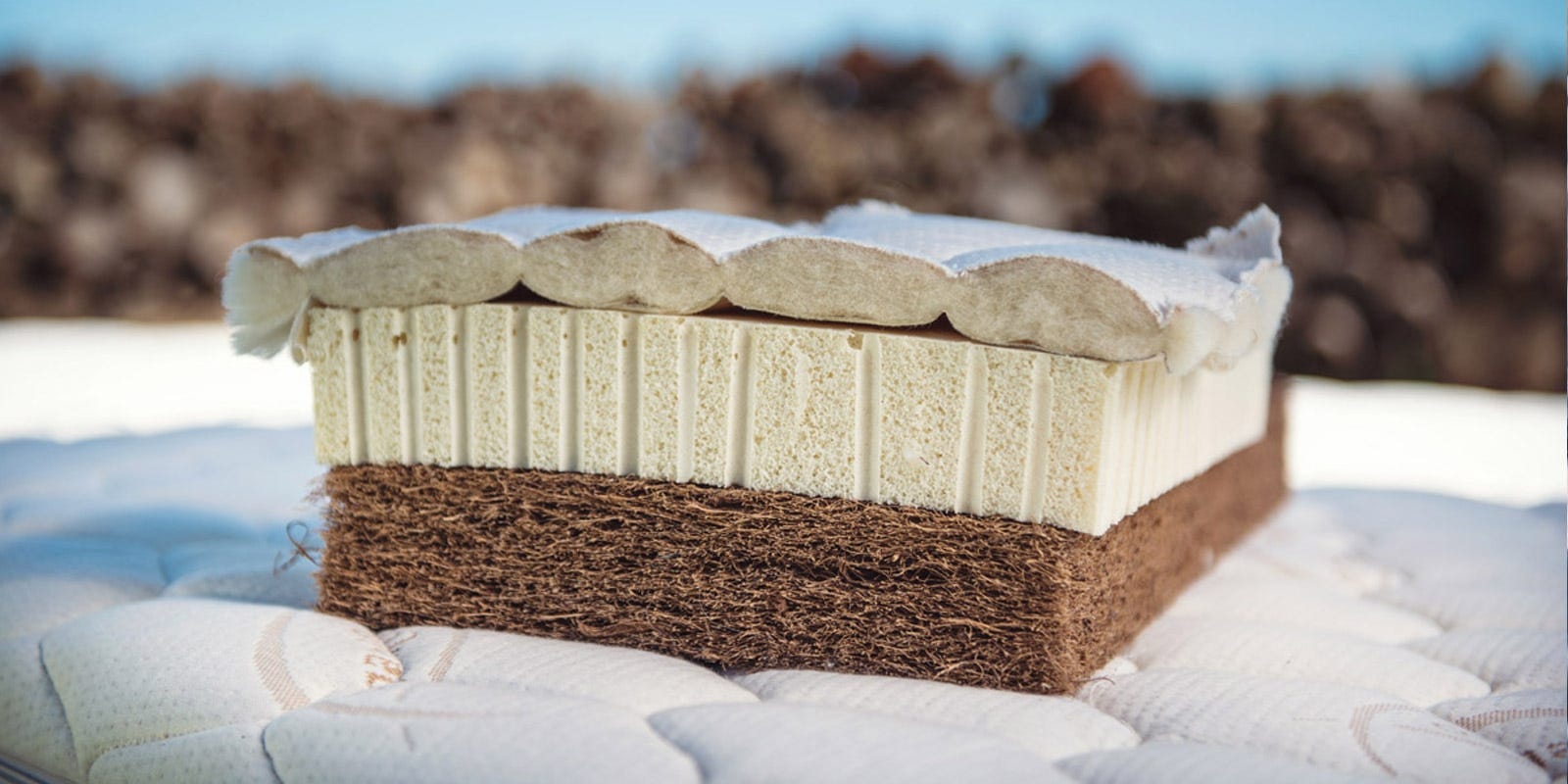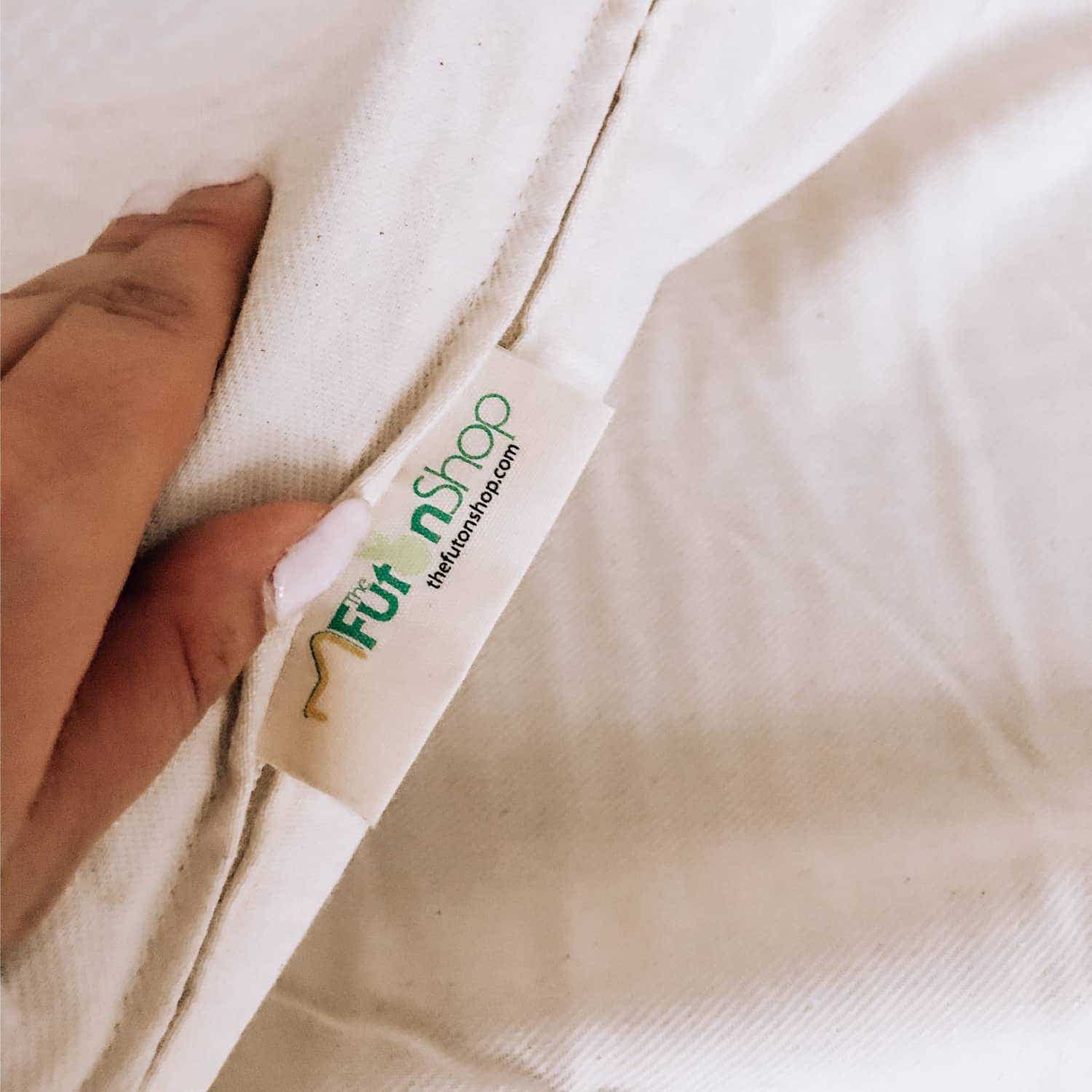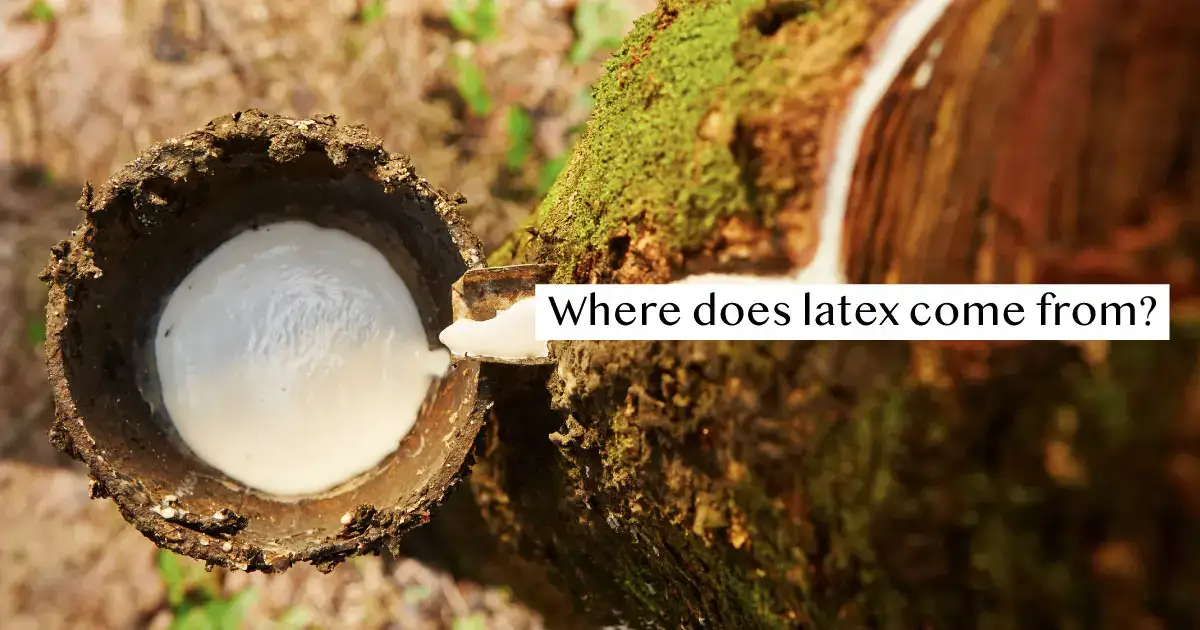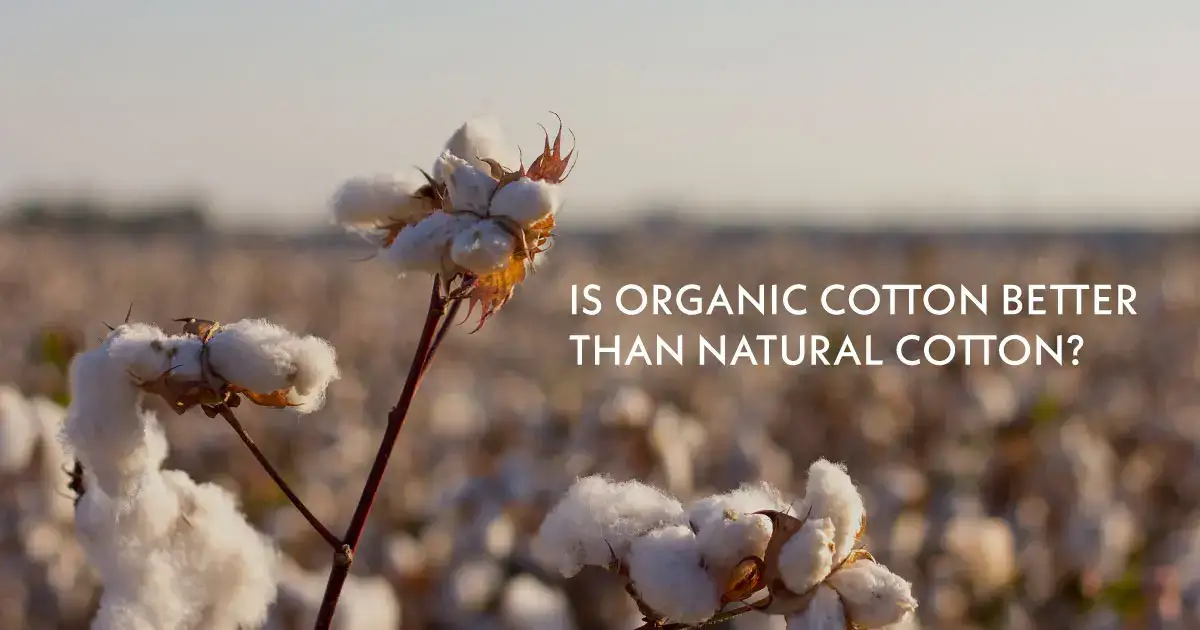
Does organic cotton produce better than natural cotton? Yes! Organic cotton is a better than natural cotton, in fact it is a far-superior alternative to traditional or natural cotton in terms of sustainability and environmental impact. Organic cotton Farming is a great way to help the environment! It encourages environmentally friendly practices such as composting, water conservation, and natural wildlife for pest control.
Popular Questions:
Is organic cotton better than natural cotton?
Organic cotton is considered better than regular cotton due to its higher quality, sustainable farming practices, and absence of pesticides and toxic substances. It is softer, more durable, and grown in a way that is better for the environment.
Is Natural Cotton the same as organic cotton?
Natural cotton and organic cotton are related, but they have some differences. It is is a type of natural cotton that is grown without synthetic pesticides, artificial fertilizers, or other toxic chemicals. It is processed using natural or biological methods and substances, such as azo-free sustainable dyes and chlorine-free bleaching. Organic cotton is hypoallergenic and has no adverse effects on the skin, while regular cotton is treated with harmful chemicals that can damage the skin. Organic also follows specific certification requirements to ensure its organic status, including not using genetically modified seeds and meeting certain fiber content standards for certification. It is more eco-friendly and sustainable, it doesn't necessarily mean it is always better than high-quality conventional cotton.
What are the disadvantages of organic cotton?
The disadvantages of organic cotton include higher resource usage compared to conventional cotton, including land, water, and energy. Organic also has a lower yield, requiring farmers to plant more cotton plants to achieve the same output. Additionally, organic cotton can be more expensive due to the higher costs of production and smaller supply chain.
Is organic cotton worth it?
Yes, organic cotton is worth it due to its significant environmental benefits. It has a lower impact on freshwater sources, reduces water pollution, air pollution, and soil contamination. Organic cotton also promotes healthier soil, biodiversity, and fairer working conditions for farmers.
How much better is organic cotton?
Organic cotton is beneficial for individuals with allergies and chemical sensitivities, as it reduces the risk of exposure to toxic residues present in conventional cotton.
These green growing methods ensure that crops are harvested without harming the planet with the dirtiest crop. Moreover, chemical free cotton is processed without toxic harsh chemicals like bleaching agents or dyes which would otherwise negatively affect the environment. Organic farming is a great way to drastically reduce any human footprint on nature.
Investing in futon cotton mattress and mattress with organic cotton fabric is an investment in comfort and sustainability. Did you know that when you sleep on a futon cotton mattress, you’re helping the environment? That’s because futon mattresses are filled with cotton grown through regenerative farming methods. Regenerative farming takes a holistic approach to agricultural success, focusing on nurturing the soil and biodiversity of a farm.
Benefits Of Organic Cotton

Breathable

Durable

Pesticide free

Hypoallergenic

Eco Friendly

No dyes
The Benefits of Organic Cotton for You and the Environment
As more people become aware of the negative impact of conventional cotton on the environment and human health, organic cotton has emerged as a viable alternative. Below we will explore why organic is a better choice than natural cotton and the benefits it offers for you and the environment.
1.
Toxic Chemicals:
One of the key reasons why organic cotton is better than natural cotton is that it is free from toxic chemicals. Conventional cotton is grown using pesticides, herbicides, and genetically modified seeds, which not only harm the environment but also pose a health risk to farmers and textile workers. In contrast, organic cotton is grown using natural methods, without the use of harmful chemicals. This means that you can enjoy clothing made from organic cotton without worrying about exposure to toxic chemicals.
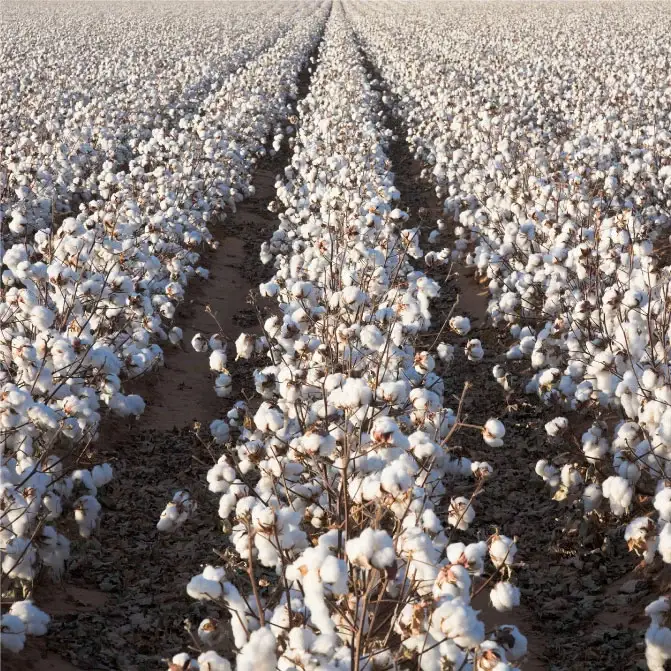
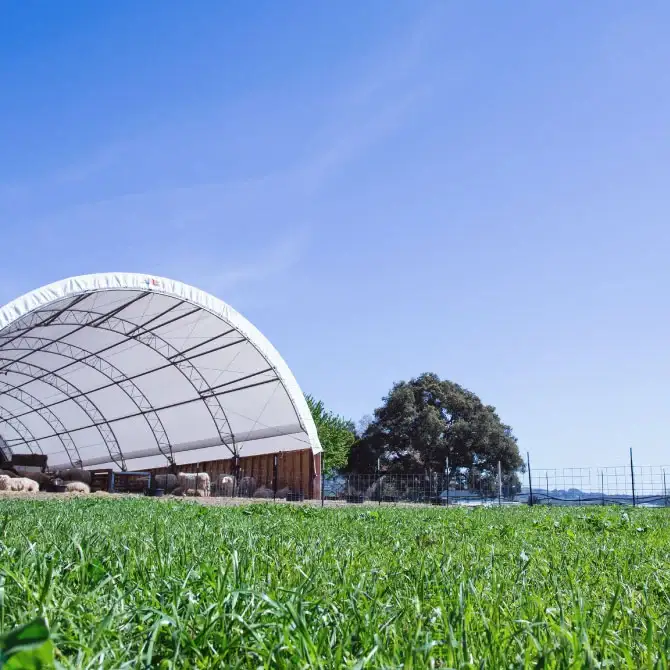
2.
Organic Cotton Production
Another reason why organic cotton is better than natural cotton is that it is produced using sustainable methods that protect natural resources. Organic cotton production uses less water and energy than conventional cotton, and it does not contribute to soil degradation or water pollution. By choosing organic, you are supporting sustainable farming practices that preserve the environment for future generations.
3.
Conventional Cotton
The production of conventional cotton has many negative impacts on the environment that cannot be ignored. From the use of toxic chemicals to the large amounts of water and energy required to grow it, conventional cotton is not a sustainable choice. Additionally, the people who work in conventional cotton production are often exposed to dangerous chemicals and work in unsafe conditions. Choosing organic over conventional cotton is an easy way to reduce your impact on the environment and support fair working conditions.
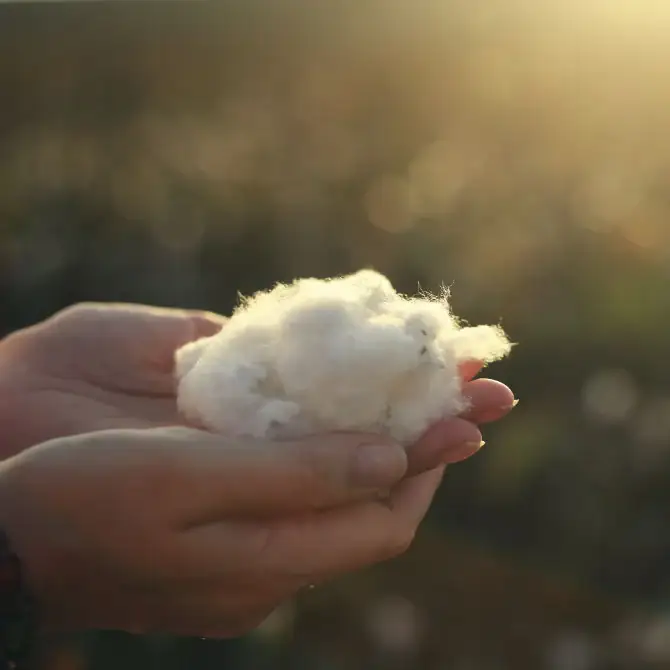
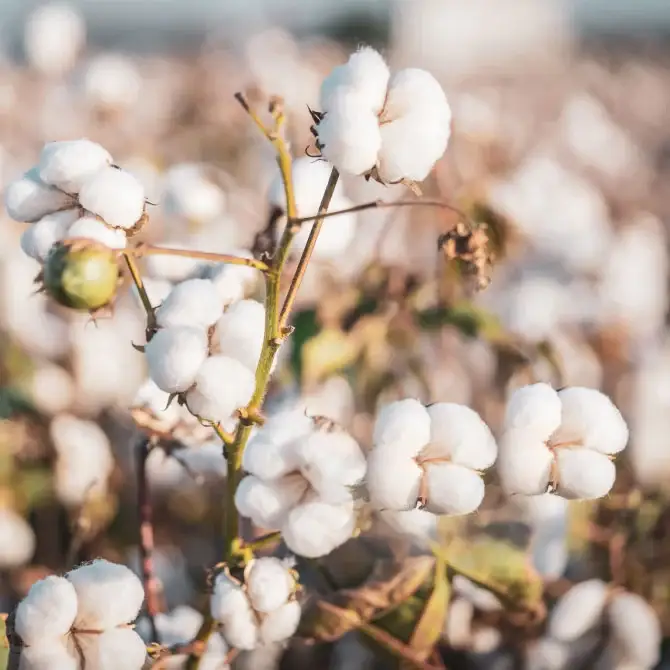
4.
Organic Certification
If you are looking for a way to ensure that the cotton you are buying is truly organic, look for products with organic certification. Organic certification ensures that cotton production meets strict standards for environmental protection, including the use of natural methods for pest and weed control, protection of soil and water quality, and fair treatment of workers. By choosing products certified as organic, you can be sure that your purchase is making a positive difference for the environment and the people who produce your clothing.
5.
Benefits of Organic Cotton
In addition to the environmental and health benefits of organic cotton, there are other benefits as well. Organic is often of higher quality than conventional cotton, with a softer feel and better durability. It is also more hypoallergenic, making it a good choice for people with sensitive skin. Finally, choosing organic cotton supports sustainable agriculture and helps to protect biodiversity. By choosing organic cotton, you are making a positive impact on the world around you.

Organic cotton offers many benefits over natural cotton. By choosing organic, you are reducing your exposure to toxic chemicals and supporting sustainable farming practices. You are also helping to protect the environment and the people who produce your clothing. Organic certification ensures that the cotton you are buying truly meets strict standards for environmental protection and fair treatment of workers. Choose organic for a better future for yourself and the world.
Check out more from the global organic textile standard in our certification page.What is regenerative farming?
Organic farming is becoming increasingly popular as a way to help combat climate change. In particular, Regenerative Organic (RO) farming practices have the potential to be extremely beneficial in stopping global warming. Five key principles revolve around regenerative farming:
- Soil Armor
- Diversity
- Continual Live Plant/Root
- Livestock Integration

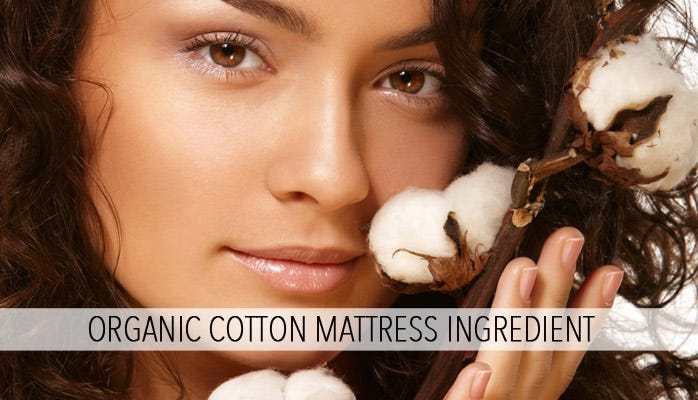 Click to read more about Organic Cotton Vs Regular Cotton
Click to read more about Organic Cotton Vs Regular Cotton
 Click to browse through some great organic cotton mattresses
Click to browse through some great organic cotton mattresses Click to learn more about What is Natural Mattress Fiber?
Click to learn more about What is Natural Mattress Fiber?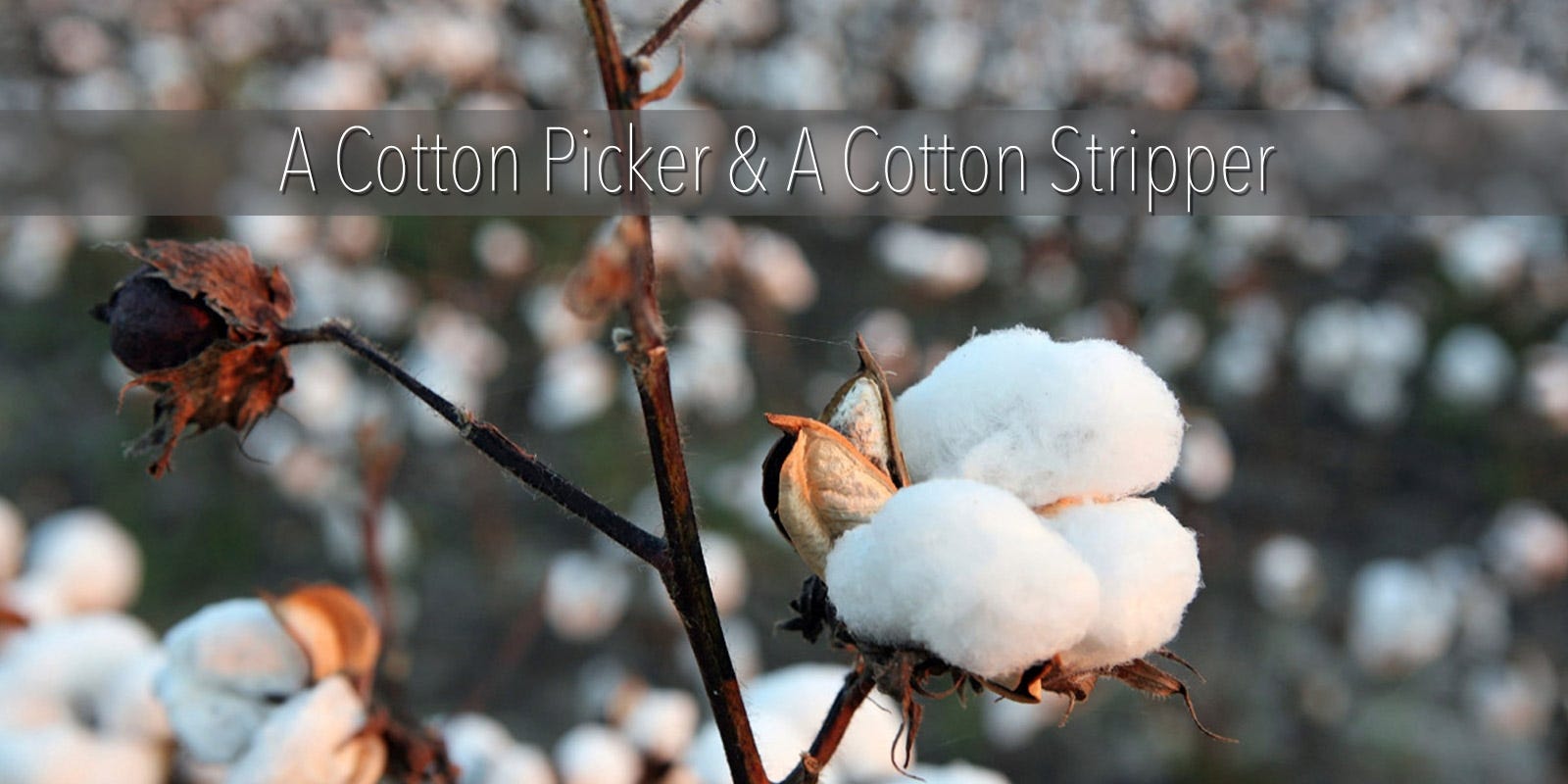 Click to read about How Is Cotton Harvested?.
Click to read about How Is Cotton Harvested?.
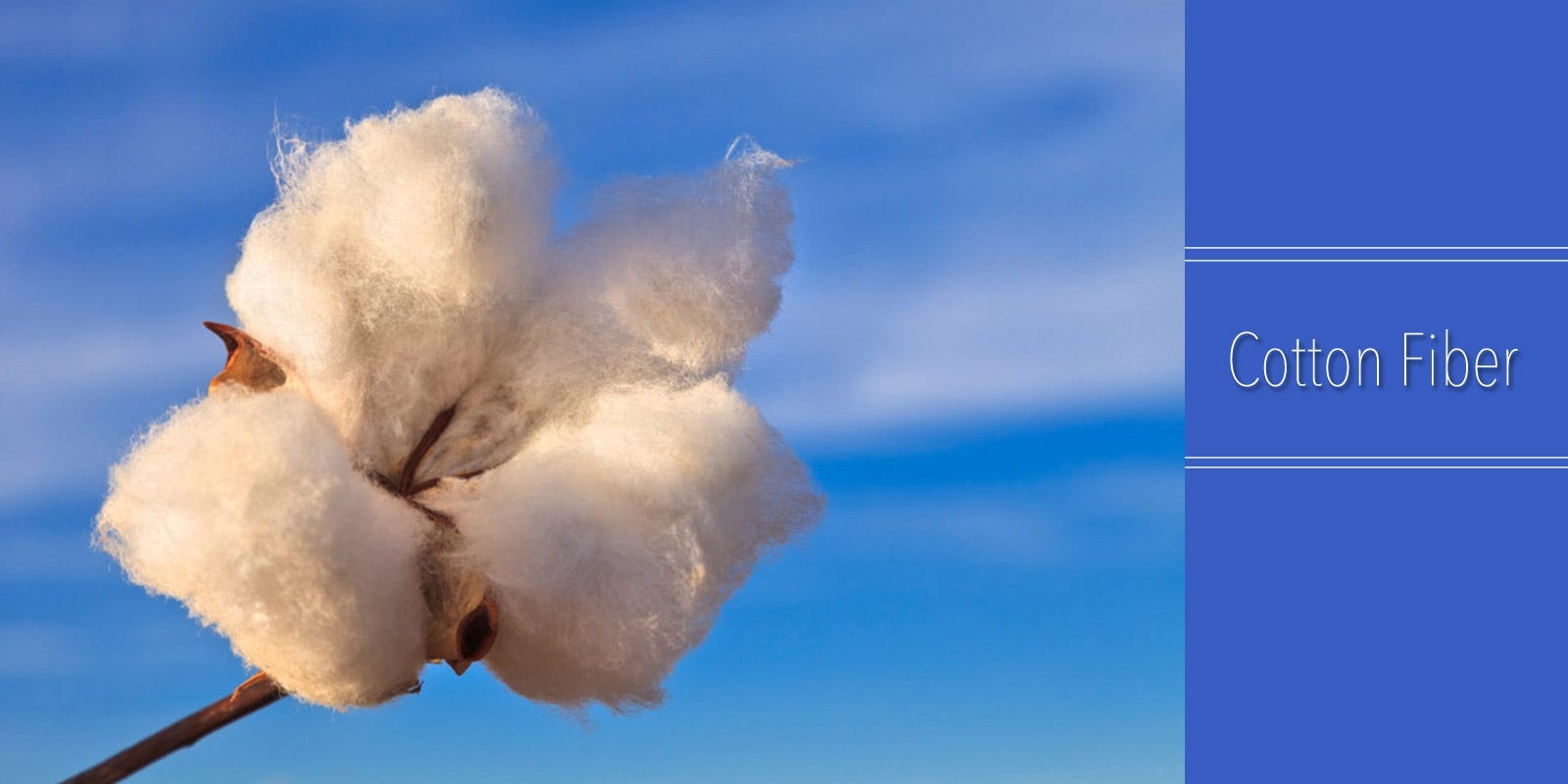 Click to learn more about What's The Difference Between Short And Long Cotton?
Click to learn more about What's The Difference Between Short And Long Cotton?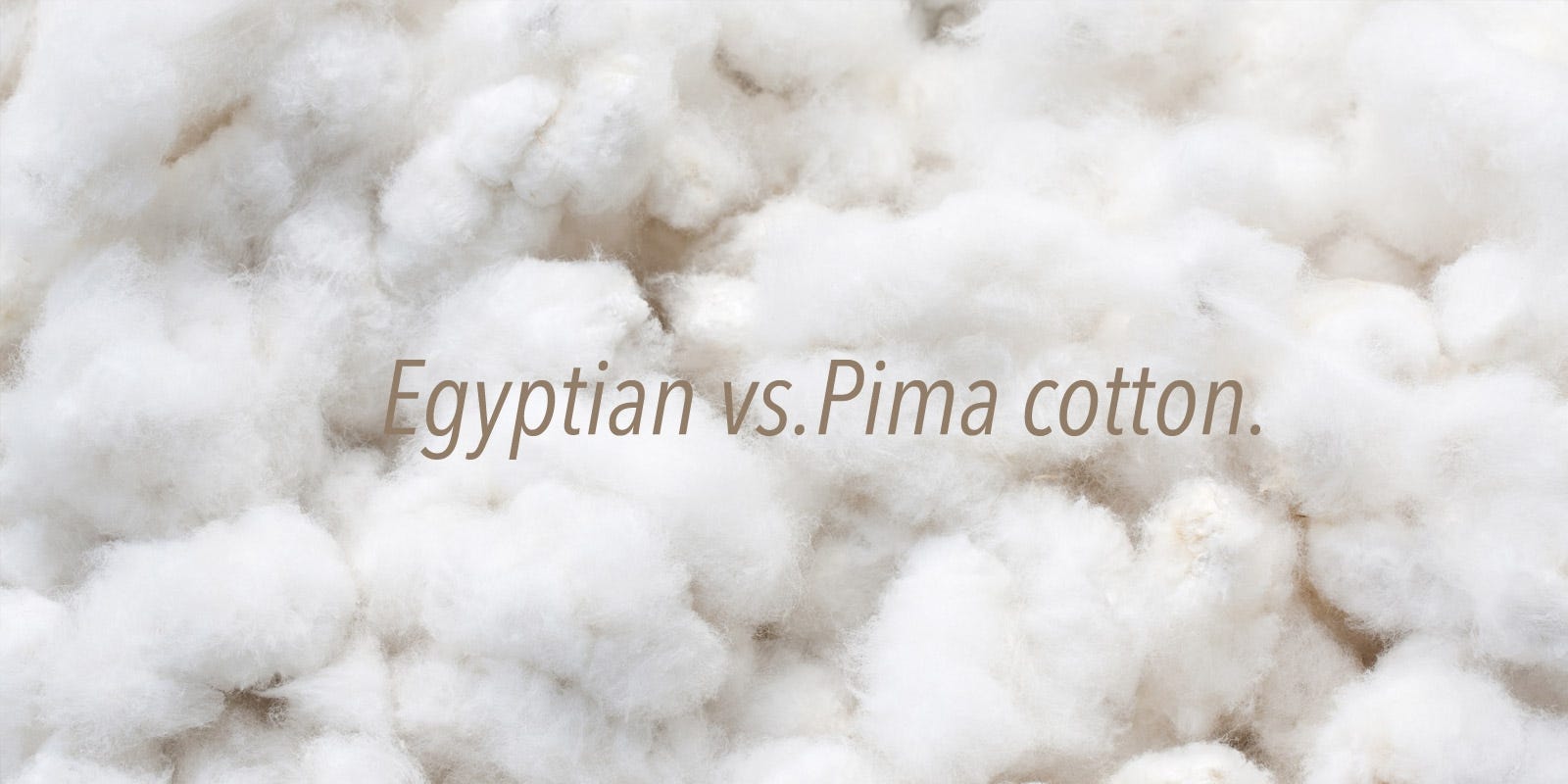 Click to learn more about egyptian vs. pima cotton.
Click to learn more about egyptian vs. pima cotton.
LEARN MORE












